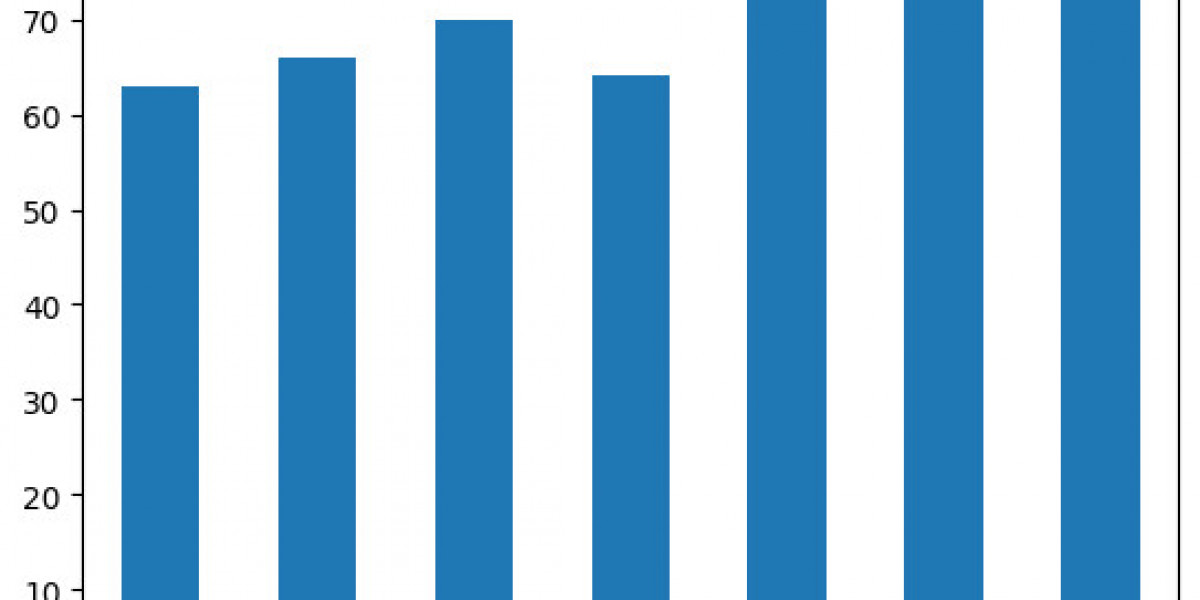Sewing, a fundamental aspect of human life, has a rich history that spans thousands of years. Its evolution reflects changes in technology, society, and culture, making it a fascinating subject to explore.
Early Beginnings
The origins of sewing can be traced back to prehistoric times. Evidence suggests that early humans used bone needles and sinew to stitch together animal hides, creating rudimentary garments and shelter. Archaeological finds from sites like the Upper Paleolithic era reveal some of the earliest sewing tools and techniques.
Ancient Innovations
As civilizations advanced, so did sewing techniques. In ancient Egypt, around 3000 BCE, the use of linen and the development of the sewing needle made clothing more refined and intricate. Similarly, in China, early sewing tools were made from materials like bone and wood, reflecting a sophisticated understanding of textile creation.
The Middle Ages
During the Middle Ages, sewing saw significant advancements. The invention of the spinning wheel and improvements in textile production led to the creation of more elaborate and durable fabrics. Tailoring became a recognized profession, with garments becoming more tailored and fitted, reflecting societal status and profession.
The Industrial Revolution
The 19th century marked a turning point in sewing history with the Industrial Revolution. The invention of the sewing machine by Elias Howe and Isaac Singer revolutionized the textile industry. These machines made sewing faster and more efficient, transforming clothing production and accessibility. The sewing machine’s development was a pivotal moment, democratizing fashion and leading to mass production.
20th Century and Beyond
The 20th century brought further innovations, including the development of synthetic fabrics and computerized sewing machines. These advancements made sewing even more versatile and accessible. Today, sewing remains a popular hobby and a critical skill, with modern technology offering new possibilities for creativity and efficiency.
Cultural Impact
Sewing has not only been a practical skill but also a cultural and artistic expression. From traditional garments reflecting cultural heritage to contemporary fashion statements, sewing continues to be a powerful medium for personal and collective identity.
Conclusion
The history of sewing is a testament to human ingenuity and creativity. From ancient needles to modern machines, sewing has evolved remarkably, shaping how we dress and express ourselves. As we look to the future, sewing will undoubtedly continue to adapt and inspire, reflecting ongoing changes in technology and culture.







